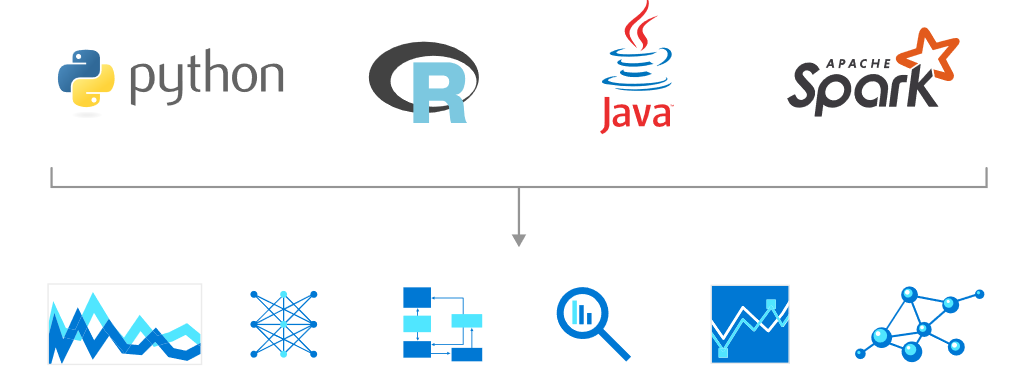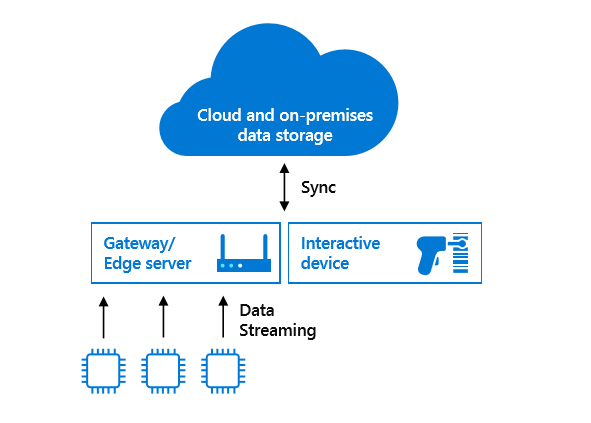The Latest Azure Database Updates: After Build, Microsoft makes PostgreSQL, CosmosDB, MongoDB and Database Edge announcements
Microsoft marked the middle of May with a wide variety of database updates that touched systems from MariaDB and Cosmos DB to PostgreSQL, following up on the Microsoft Build 2019 event at the start of the month.

Rohan Kumar, corporate vice president for Azure Data discussed the tendency of data regulations, network connectivity and latency to shift data closer to the edge, along with next-generation sensors and IoT devices. At Microsoft Build 2019, the company launched Azure SQL Database Edge, which is currently available in preview. In the Database Edge offering, the database engine can run on x64 or ARM devices using containers on edge servers or gateways. Microsoft set out to incorporate features such as local compute and storage, support for Power BI, bi-directional data movement, compatibility with R, Python, Java, Spark and the T-SQL language and low-latency analytics. "In-Database AI capabilities enables scenarios like anomaly detection, predictive maintenance and other analytical scenarios without having to move data," he wrote. "Fundamentally, the engine can process data locally and upload using native replication to a central datacenter or cloud for aggregated analysis across multiple different edge hubs," Kumar added.


Cosmos DB is now supported by Azure Resource Manager, allowing users to provision containers and databases across all APIs, including Core, Gremlin, Cassandra, Mongo DB and Table APIs. Additionally, users can create role-based access control to delete or change the settings for databases and containers. The Cosmos DB Operator, which plays a parallel role in access control can't access keys required to reach the data, but can grant a limited access to Azure AD service principals who need to run deployment operations. Other updates changed the performance of the SQL API and Gremlin API.
Slow query log data will be able to feed into Azure Monitor from Azure Database for MariaDB. Logs will be exportable to Azure Storage, Event Hubs or Azure Monitor (which some users may still know under its old name: Log Analytics). The purpose of the integration is to enable longer storage of log data or more rapid streaming and analysis.
Microsoft is offering a preview of read replication for Azure Database for MySQL and Database for PostgreSQL. Users will be able to generate five read-only replicas from a master server. Workloads that will create a heavy load can be spread across servers or regions. The Azure team made the Orafce extension publicly available across all regions for PostgreSQL. It adds operations to Postgres with the goal of supporting database migrations.
Parikshit Savjani, senior program manager for Azure OSS Database service, recommended operationalizing database scripts or health check runbooks using SQL Notebooks in Azure Data Studio. Interactive notebooks are a comparatively recent phenomenon for SQL but were first introduced in 2011 and are now in widespread use by data scientists operating in Python. He wrote:
The concept of recording context along with the SQL code is not new for database administrators. In most organizations, database administrators would maintain a document with operational practices along with links to the SQL scripts that need to be run and the order they need to be run in. This is to ensure data quality, consistency, and performance is maintained for end users. However, as time passes people move on, code evolves, and the documentation often becomes stale. Meanwhile, the scripts are updated by engineers as they learn, adapt, and operate, making the documentation and its context less relevant. With SQL Notebooks, the engineers updating the code tend to also update the explanatory text in front of them to explain the edits with relevant context.
Savjani encouraged users to use the preview for PostgreSQL in Azure Data Studio and explore other features such as Git source control integrations.
FREE Membership Required to View Full Content:
Joining MSDynamicsWorld.com gives you free, unlimited access to news, analysis, white papers, case studies, product brochures, and more. You can also receive periodic email newsletters with the latest relevant articles and content updates.
Learn more about us here